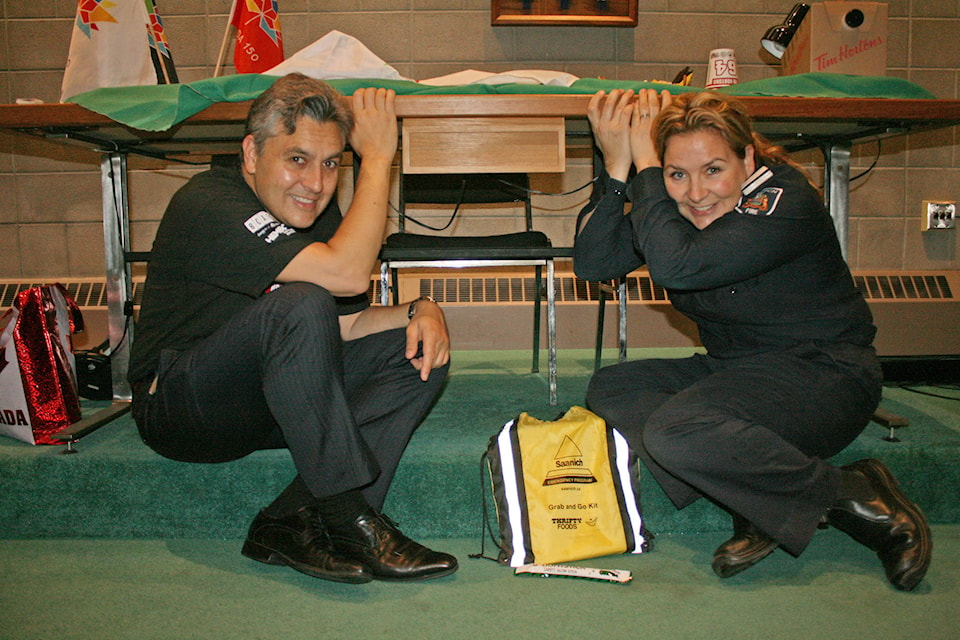A free seminar promises Saanich residents to prepare themselves for emergencies of various sorts.
The Participants will hear how they can prepare themselves to survive on their own for up seven days after any type of disaster. Participants will also receive a free workbook to help with emergency planning.
This seminar will take place against the historical backdrop of British Columbia experiencing some of its worst winter weather in recent memory, and the ever-present threat of a large earthquake B��Ԫ������ַ� keyword: B��Ԫ������ַ� as Vancouver Island like most of the Pacific Northwest lies in a geologically active, zone.
Several thousand British Columbians, mainly in the Fraser Valley but also elsewhere, remain without power, thanks to severe winter weather.
Back-to-back winter storms in the Fraser Valley left tens of thousands in the dark without power, and severely interrupted traffic, with police urging residents of Abbotsford to stay home until the weather changes.
Vancouver Island has also experienced, albeit less severely, lengthy power outages thanks to snow and cold weather this winter, including in the third of week of December of 2017,
Severe winter weather also impacted the west coast of Vancouver Island in 2017, while a heavy storm knocked out power for in May 2017.
Vancouver Island also lies near Cascadia subduction zone, where tectonic forces are pushing the oceanic Juan de Fuca plate underneath the larger continental North America Plate, the geological B��Ԫ������ַ�homeB��Ԫ������ַ� of Vancouver Island.
According to the Geological Survey of Canada, small, shallow earthquakes are common in the area. Scientists have also recorded more than 100 magnitude 5 or greater earthquakes in the past 70 years across western Canada, with the largest recorded event the Queen Charlotte Island Earthquake of 1949 with a magnitude of 8.1.
The most recent large earthquake in the region happened in 2001 when the Nisqually earthquake with a magnitude of 6.8 caused estimated damages of $2 billion in Washington State.
, a magnitude 9 earthquake could destroy 4,000 buildings, or about 40 per cent of its local housing stock, while damaging critical infrastructure. Such an event B��Ԫ������ַ� one of three scenarios discussed in the report B��Ԫ������ַ� has a likelihood of five per cent in the next 50 years.
A recent Saanich report also raised questions about the
Recent years have seen by all spheres of government to prepare British Columbia for such an event through physical upgrades, and public education campaigns, such as the . These efforts B��Ԫ������ַ� which some consider inadequate B��Ԫ������ַ� include efforts to upgrade local schools,
PreparedBC says people should be prepared to be on their own for a minimum of 72 hours after an earthquake hits.



